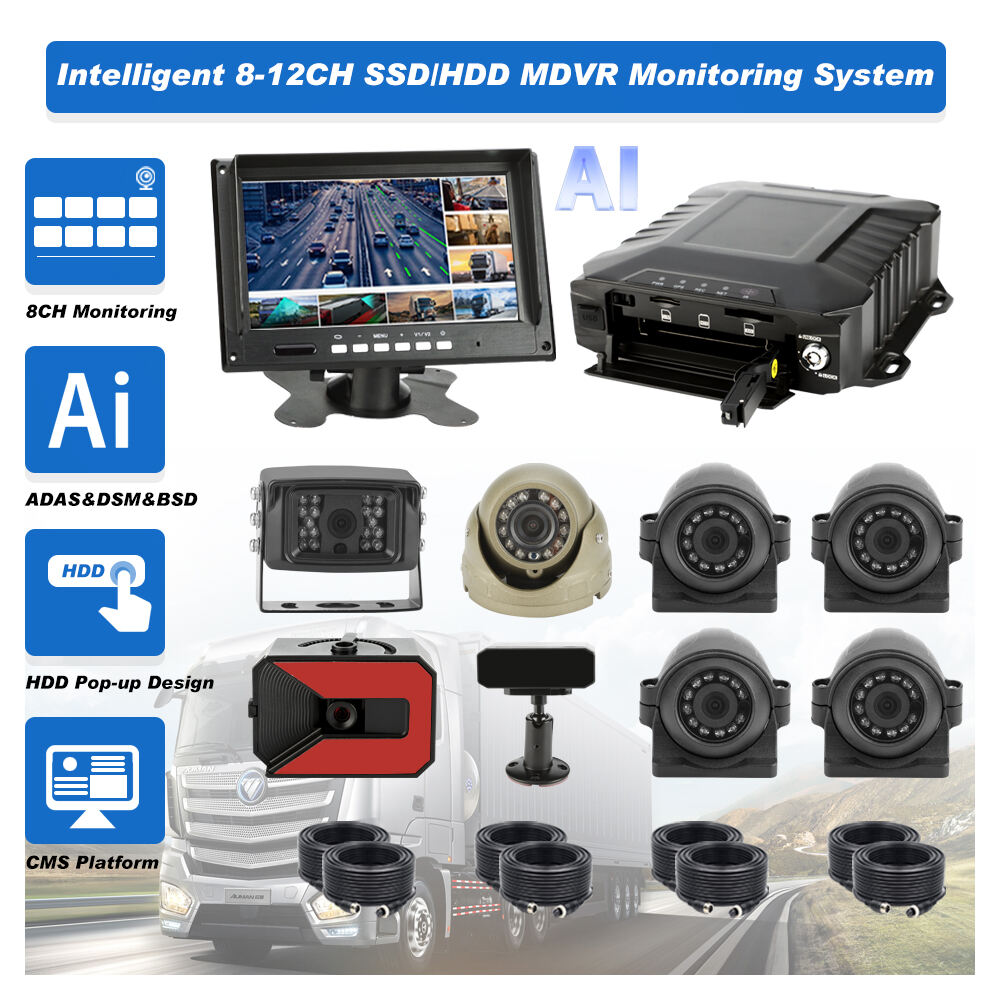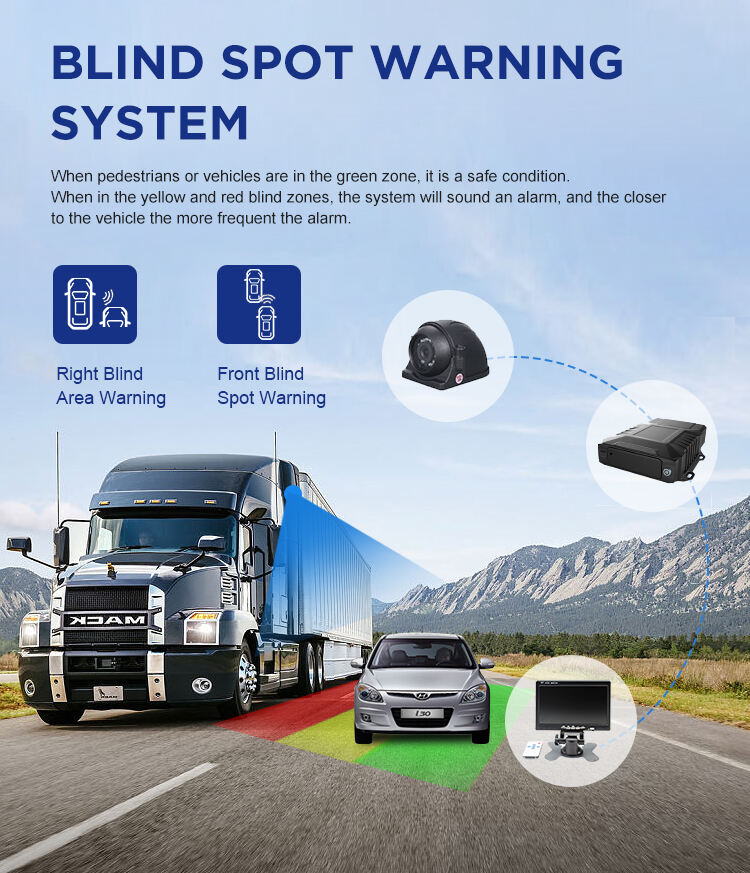fatigue cameras in trucks
Fatigue cameras in trucks represent a cutting-edge safety technology designed to monitor and prevent driver fatigue-related incidents. These sophisticated systems use advanced AI-powered cameras to continuously analyze driver behavior, facial expressions, and eye movements in real-time. The cameras employ infrared sensors for reliable performance in various lighting conditions, enabling 24/7 monitoring capabilities. The system tracks key indicators of fatigue, including eye closure duration, head position changes, and yawning frequency. When signs of fatigue are detected, the system immediately triggers audio and visual alerts to both the driver and fleet management. The technology also integrates with vehicle telematics systems to provide comprehensive safety monitoring and data analysis. Modern fatigue camera systems include features such as distraction detection, which identifies when drivers are using mobile phones or becoming inattentive to the road. The collected data helps fleet managers identify patterns and implement proactive safety measures. These systems typically include cloud-based reporting capabilities, allowing for real-time monitoring and historical analysis of driver behavior and fatigue incidents.


